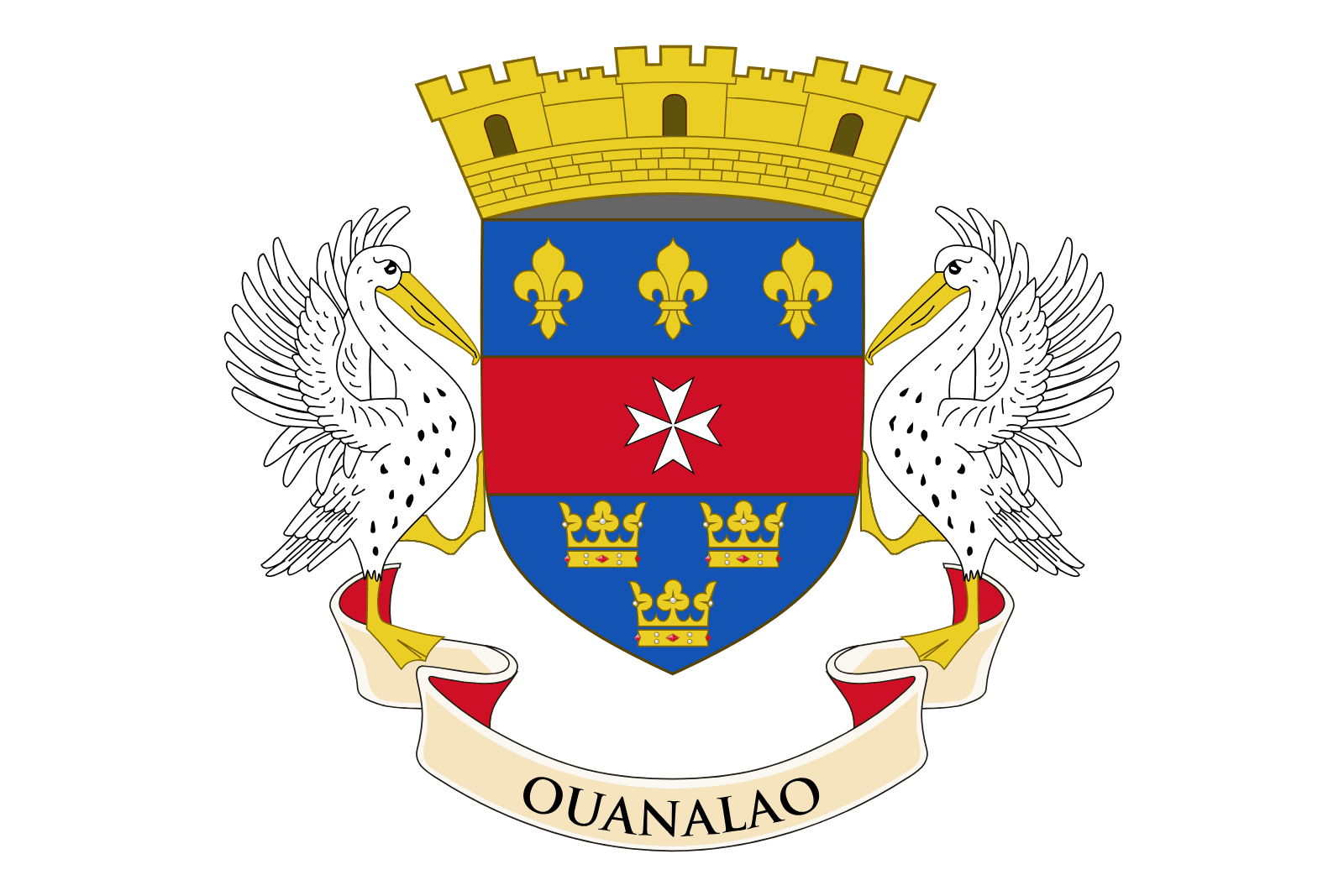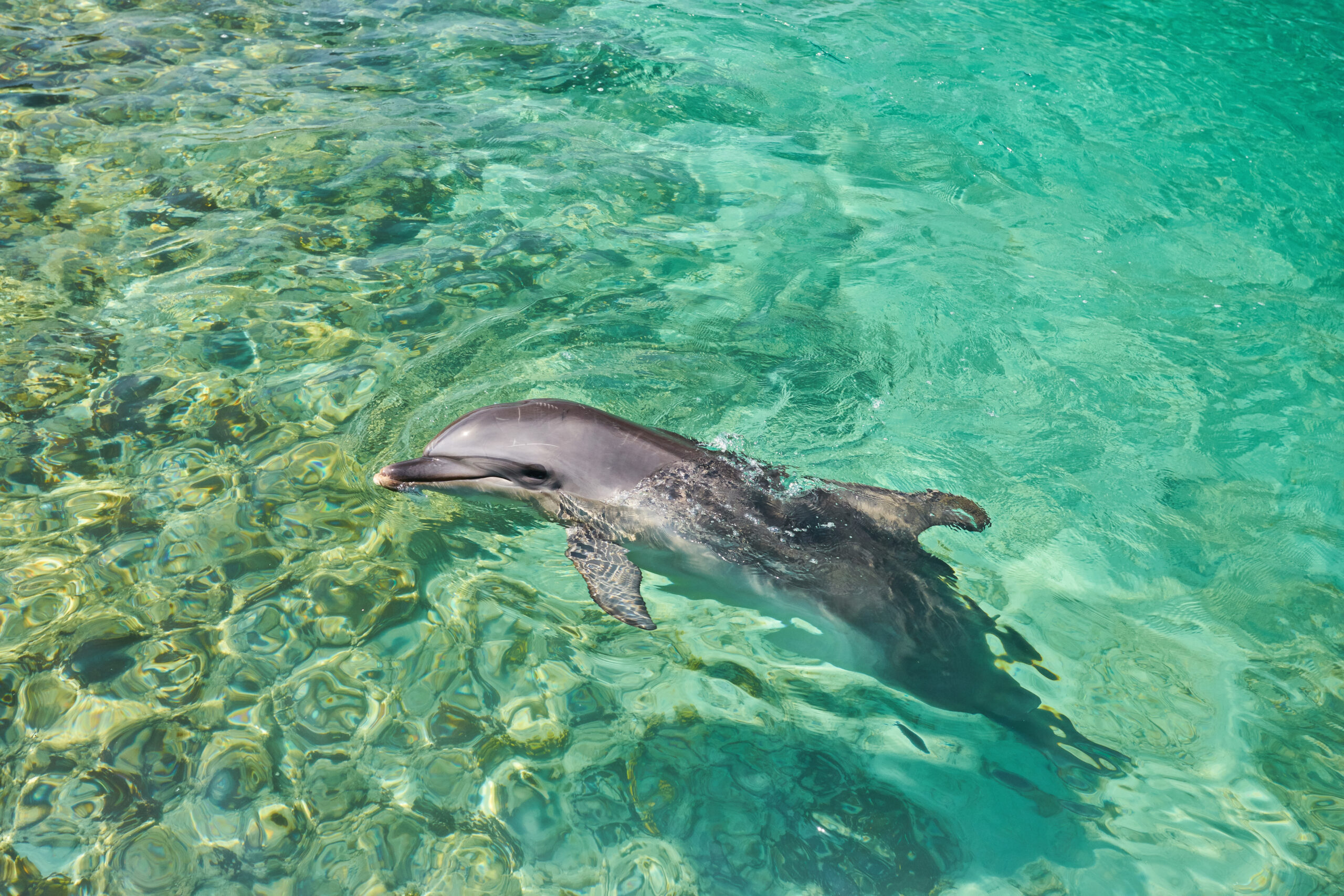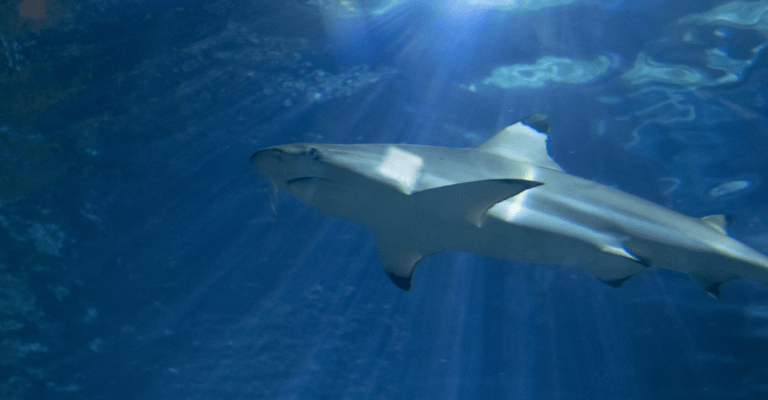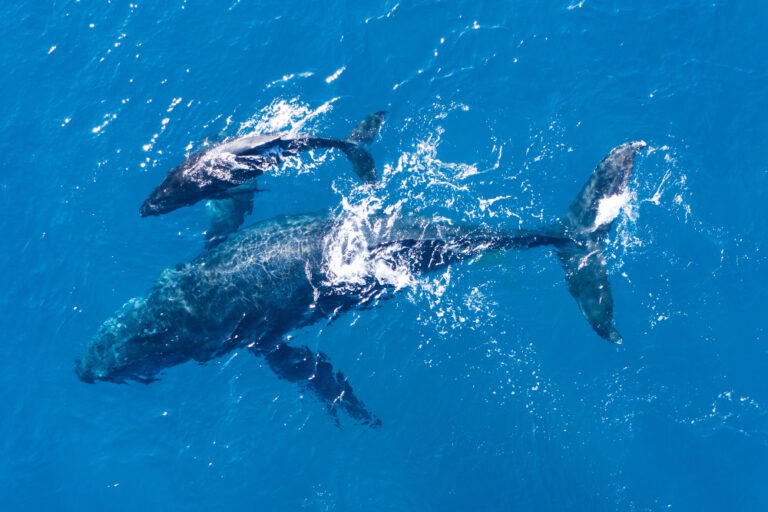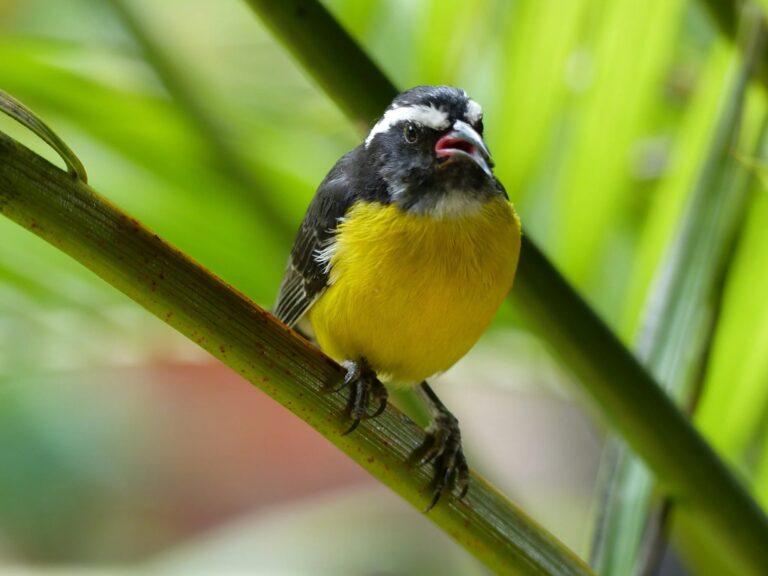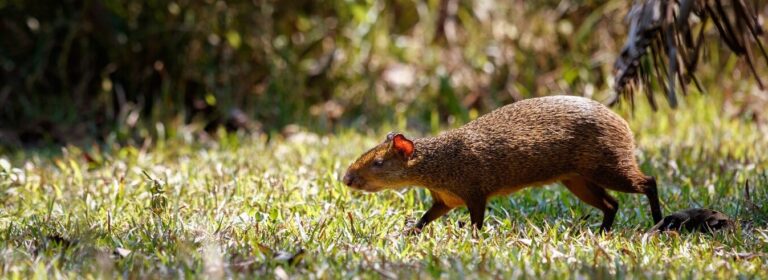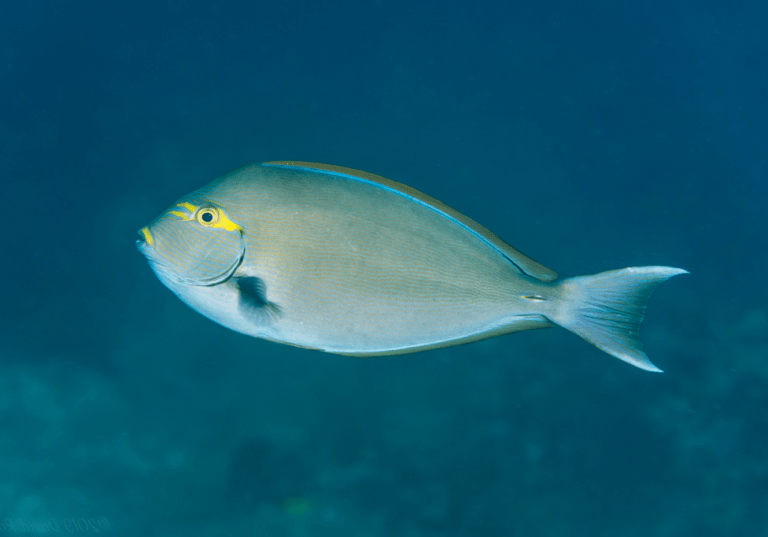Bottlenose dolphins in St Barth
Bottlenose dolphins (Tursiops truncatus) are a well-known and beloved species found in the waters around St. Barthélemy (St. Barth). These intelligent and playful marine mammals are a highlight for many visitors and play an important role in the marine ecosystem.
Characteristics of Bottlenose Dolphins:
- Appearance:
- Size: Bottlenose dolphins are medium-sized cetaceans, typically ranging from 6 to 12 feet in length.
- Color: They have a sleek, streamlined body with a light to dark gray coloration on their back, fading to a lighter gray or white on their belly.
- Distinctive Features: They have a pronounced, curved dorsal fin and a long, slender snout or “bottle nose.”
- Behavior:
- Social Structure: Bottlenose dolphins are highly social animals, often seen in pods that can range from a few individuals to over a dozen. These pods are known for their cooperative behaviors and complex social structures.
- Communication: They communicate using a variety of sounds, including clicks, whistles, and body movements. Each dolphin has a unique signature whistle that helps identify individuals within the pod.
- Playfulness: Known for their playful nature, bottlenose dolphins often engage in acrobatics, riding waves, and interacting with boats and swimmers.
- Diet:
- Feeding Habits: Bottlenose dolphins are opportunistic feeders, primarily eating fish, squid, and crustaceans. They use echolocation to locate and capture prey, often hunting cooperatively.
Ecological Role:
- Predation: As apex predators, bottlenose dolphins help maintain the balance of marine ecosystems by regulating the populations of their prey.
- Indicator Species: Dolphins are considered indicator species, meaning their health reflects the overall health of the marine environment. Monitoring dolphin populations can provide insights into the condition of the marine ecosystem.
Conservation and Protection:
- Threats:
- Habitat Degradation: Coastal development, pollution, and boat traffic can negatively impact dolphin habitats.
- Fishing Practices: Bycatch in fishing nets and lines poses a significant threat to dolphins.
- Climate Change: Changes in sea temperature and prey availability can affect dolphin populations.
- Conservation Efforts:
- Marine Protected Areas (MPAs): Establishing MPAs helps protect dolphin habitats from human activities and preserves critical areas for feeding, breeding, and socializing.
- Regulations: Enforcing regulations on fishing practices, boat traffic, and pollution control helps mitigate human impact on dolphin populations.
- Public Awareness and Education: Programs that educate the public about the importance of dolphins and marine conservation encourage responsible behavior and support for conservation initiatives.
Viewing Bottlenose Dolphins:
- Eco-Tourism: St. Barth offers eco-friendly tours that allow visitors to observe dolphins in their natural habitat. These tours promote conservation by raising awareness and generating funds for marine protection efforts.
- Responsible Viewing: When observing dolphins, it is important to maintain a respectful distance, avoid disturbing them, and follow guidelines to ensure their well-being.
In summary, bottlenose dolphins are a key part of the marine environment in St. Barth. Their presence and health are indicators of the overall condition of the marine ecosystem. Conservation efforts are essential to protect these intelligent and charismatic animals, ensuring that they continue to thrive in the waters around St. Barthélemy.

